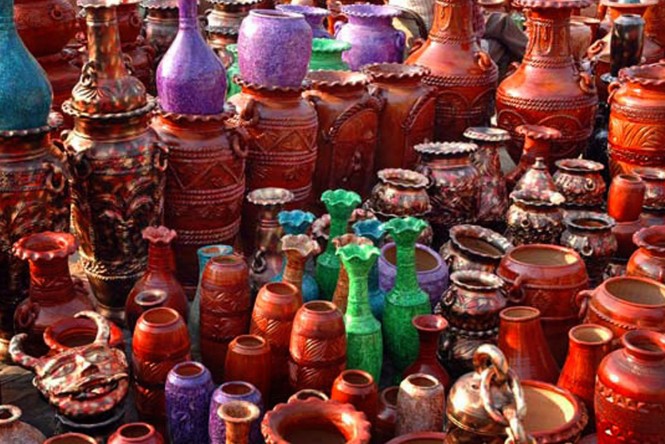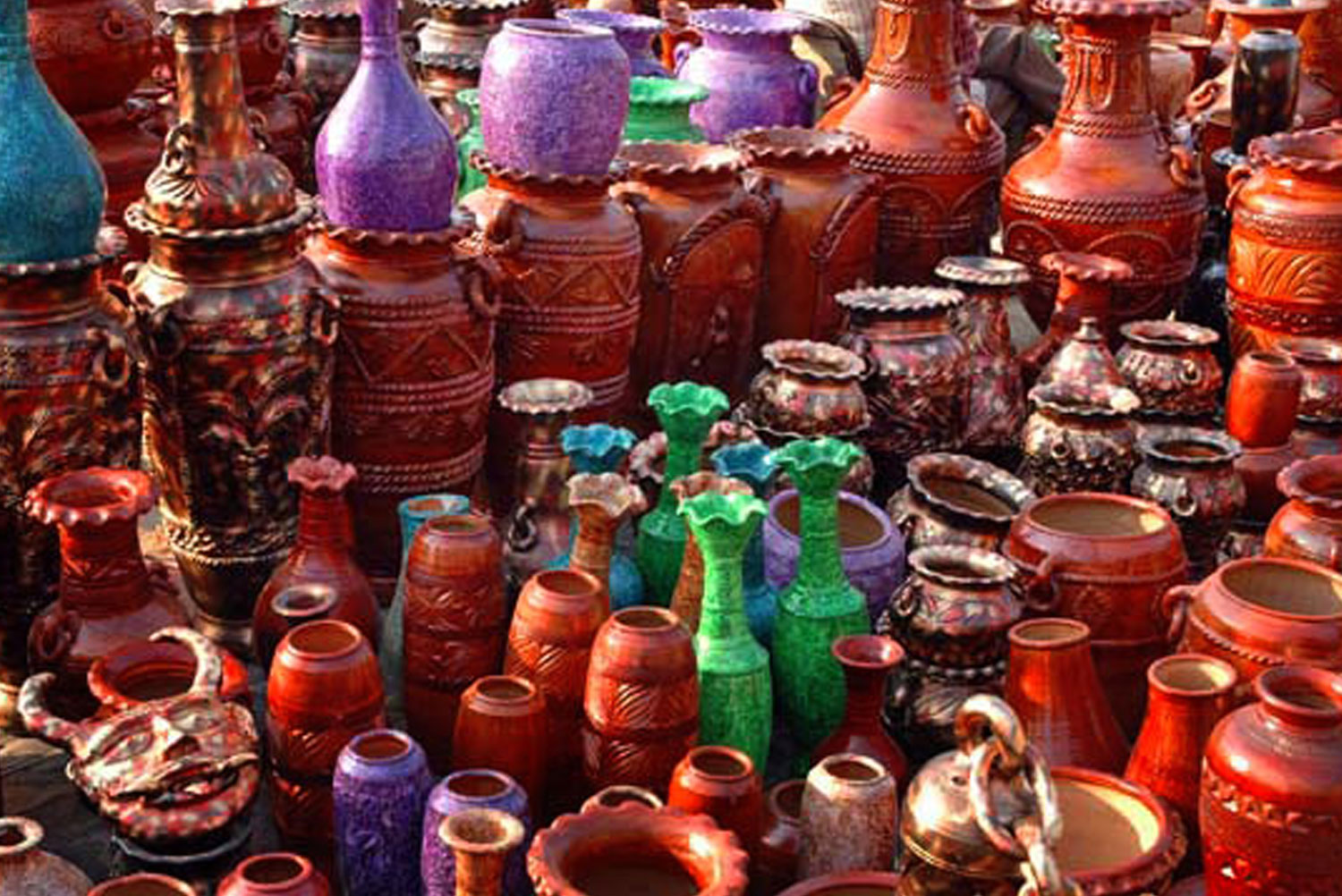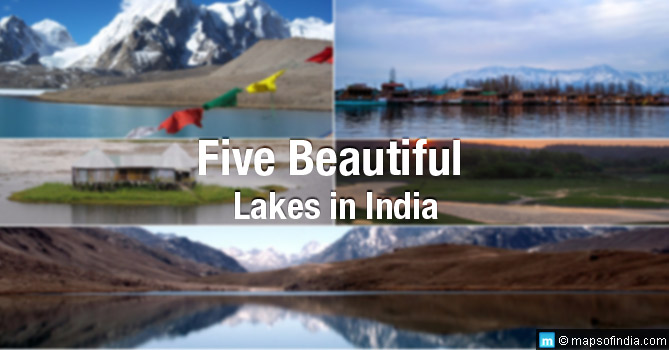
There are certain things that eventually become the identities of certain places. Like for instance when you think of Mathura, the first thing that strikes your mind is “pedhe”, similarly, when you think about Kashmir you think about houseboats. So is the case with Jaipur! As I heard someone talk about Jaipur, the first thing that came to my mind was blue pottery! Those of you who have been to Jaipur would definitely agree with my reaction. The exquisite blue pottery that attracts visitors from all around the world has been acknowledged as the conventional art of Jaipur. But have you you ever wondered how did this fine art come into existence in Jaipur?
The name “blue pottery” yields out of the eye-catching blue color of the dye used to illustrate the pottery design. The art of blue pottery is actually centuries old but the surprising fact about the pottery is that it didn’t originate in the city of Jaipur. It is an imported technique that was first developed by the Mongol artisans but came to India with the Muslim rulers in the 14th century. It was only used to embellish the mosques, tombs and forts with beautifully painted tiles at first. With the passage of time, the blue pottery moved out of being just the architectural accessory and found its place in the hands of the kashmiri potters.
In the early 19th century, the then ruler of Jaipur, Sawai Jai Singh II , sent some his artisans to get trained in the blue craft and to invite the masters of this art to come and settle in Jaipur. Thus, it was under the rule of this monarch that the blue glaze flourished in the pink city, thereby, becoming the identity of Jaipur. The unique art of blue pottery is equally unique in its procedure. Instead of using the usual clay, the artisans make use of powdered glass, stone powder, soda, multani mitti(fuller’s earth), gum and water for preparing the dough. This Egyptian paste is then glazed and low-fired. The traditional colors used in the pottery are blue, green and white.
Today, the blue pottery is the most practiced profession of the people of Jaipur. It is not only limited to tiles and pots, but has been used to make spectacular cutleries. Mostly the pottery is decorated with bird and animal motifs but there is huge array of the unconventional designs that you can choose from. The age-old craft of the blue glaze has been passed on from generations to generations while revising its designs with the course of time. Apart from tourism, it is one of the biggest source of revenue for Jaipur. So, the next time you visit Jaipur, don’t forget to catch hold of some blue pottery as a souvenir of the pink city!





